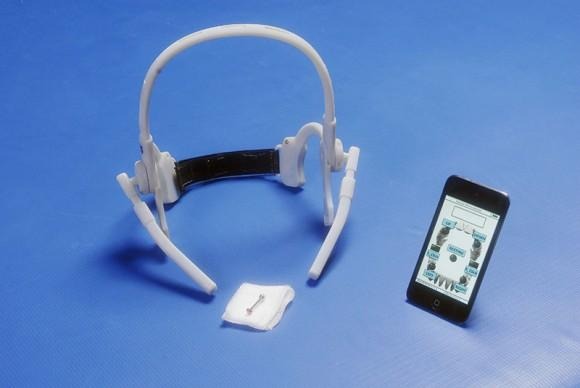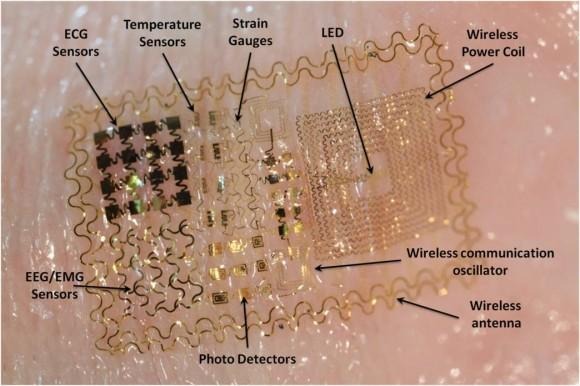Tongue-driven wheelchair uses high-tech power piercing
Tongue piercings may be associated with rebellion, but one researcher is aiming for revolution instead, creating a Tongue Drive System that allows paralyzed wheelchair users to more easily navigate than traditional hands-free control options. The handiwork of a team at the School of Electrical and Computer Engineering at the Georgia Institute of Technology, the system uses a magnetic tongue stud which is wirelessly tracked by a headpiece, with up to six instructions differentiated by tongue position.
Traditionally, those without the use of their arms and legs would likely use a "sip-and-puff" control system, which uses different patterns of blowing or sucking into a straw at mouth-level to steer a wheelchair or navigate a computer interface. However, clinical trials of the Tongue Drive System suggest it can be up to three times faster in use than the old method, while still maintaining the same levels of accuracy, even when users have considerable experience with a sip-and-puff system.
"It attests to how quickly and accurately you can move your tongue" study co-author and principal investigator Maysam Ghovanloo said of the findings. The technology holds up even against keypads and computer mice; when Ghovanloo's team tested able-bodied subjects, "the performance gap narrowed throughout the trial" he says.

Early iterations of the research used a glued-on magnet, though that presented reliability and safety issues since it would come unstuck after several hours of use. The pierced alternative isn't at a stage where it can be commercialized, the team says, but Ghovanloo has a medical devices startup, Bionic Sciences, which is working with Georgia Tech on polishing away the remaining rough edges.
Non-traditional input and control systems have risen in popularity in recent years, at least at the research stage, particularly as wearables open the floodgates to new types of data. Motorola, for instance, is experimenting with digital tattoos and smart pills that can track heart rate, movement, and other health factors, and transmit them to a nearby smartphone or computer.
The digital tattoo, for instance, embeds sensors like ECG, EEG, EMG, strain, temperature, and light onto a flexible substrate stuck to the skin, along with wireless power and antenna coils. Effectively a "mini lab" that can be worn over a period of days before wearing off, other applications include tracking sub-vocalized throat movements for a super-discrete hands-free kit, or even monitoring brain signals for controlling a computer.

The tongue might not have had the same sensory attention as other body parts when it comes to next-gen technology, but that doesn't mean it has been completely overlooked. Valve's Gabe Newell, for instance, revealed that the gaming company had been experimenting with the tongue as an input mechanism. "It turns out that your tongue is a pretty good way of connecting a mechanical system to your brain" he said last year, though conceded that usability issues meant the company didn't envisage actively integrating it into products any time soon.
VIA GigaOm; Image credit: Maysam Ghovanloo
